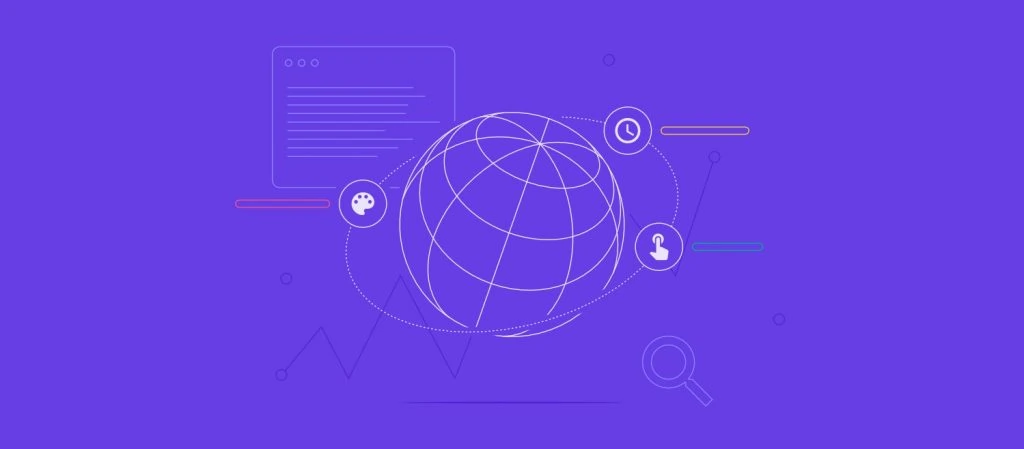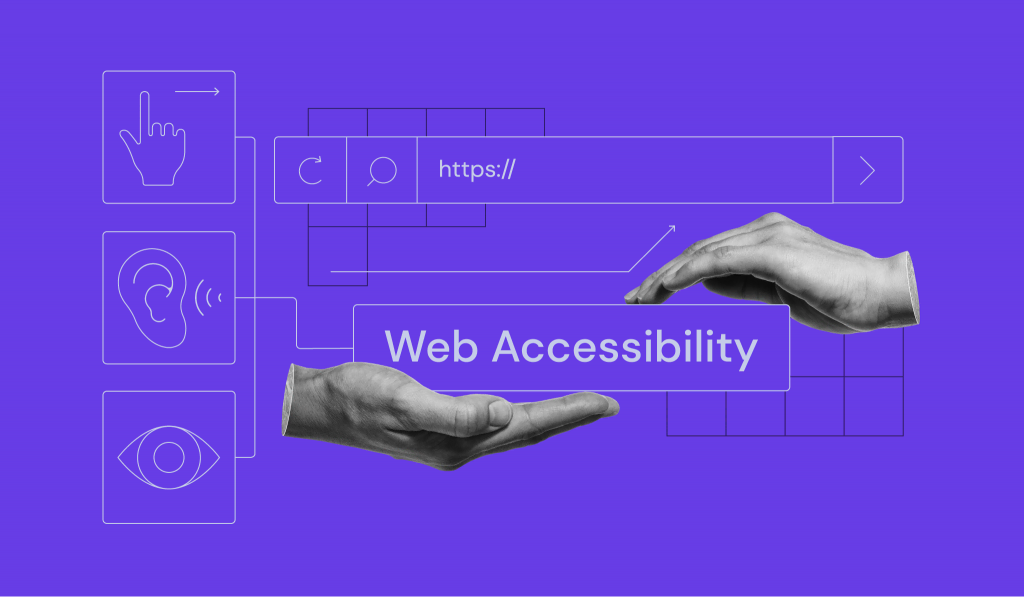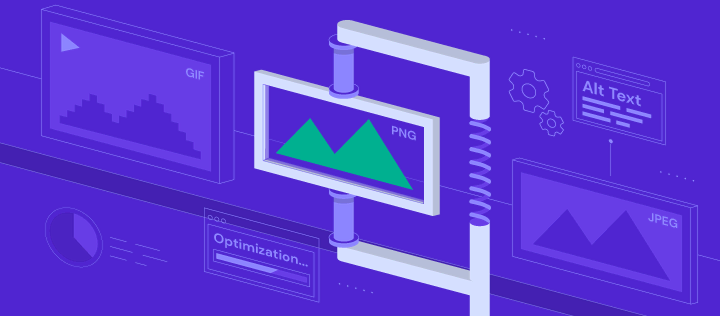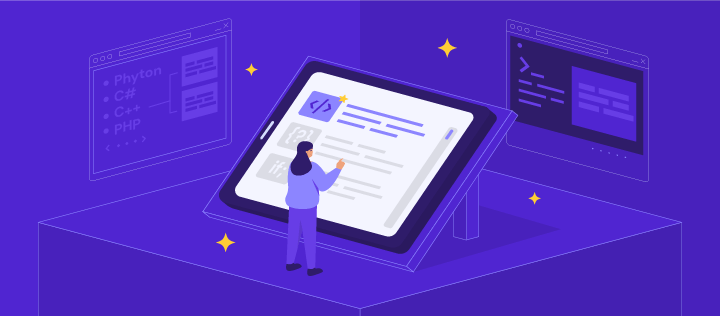Website Security Audit: How to Protect Your Site From Security Breaches
The increasing number of cyber attacks makes a lot of website owners worry. Malware, DDoS, ransomware, and cross-site scripting are only a few...
What Is First Input Delay and How to Improve It
The First Input Delay (FID), also known as input latency, calculates a website’s response time from the first user interaction to the browser’s...
Cache Miss – What It Is and How to Reduce It
While caching is one of the most vital mechanisms for improving site performance, frequent cache misses will increase data access time, resulting in a...
What are Core Web Vitals and how to measure them
Google uses Core Web Vitals to measure web page loading speed, interactivity, and visual stability. Among other factors like mobile friendliness and...
The ultimate guide to web accessibility in 2024
Web accessibility refers to making your website accessible to everyone, including people with disabilities. Following the web accessibility standards...
Cumulative Layout Shift (CLS): What It Is and How to Improve It
Cumulative Layout Shift (CLS) is a metric that evaluates site experience by measuring how much your site’s pages shift unexpectedly. Even though...
Complete Guide to Image Optimization for Better Website Performance
Image optimization, in general, aims at making images more efficient for web use. Properly optimized images lead to faster page load times, ensuring...
10 Best Programming Languages to Learn in 2024: Scale Your Web Development Skills
As far as web and software development goes, Python, followed by Java, JavaScript, and C++, are among the most popular programming languages in...
How to Diagnose and Fix a Hacked Website: A Complete Guide for 2024
The rapid evolution of technology coincides with the rising number of cybersecurity threats. With 30,000 websites falling victim to hackers every day,...








